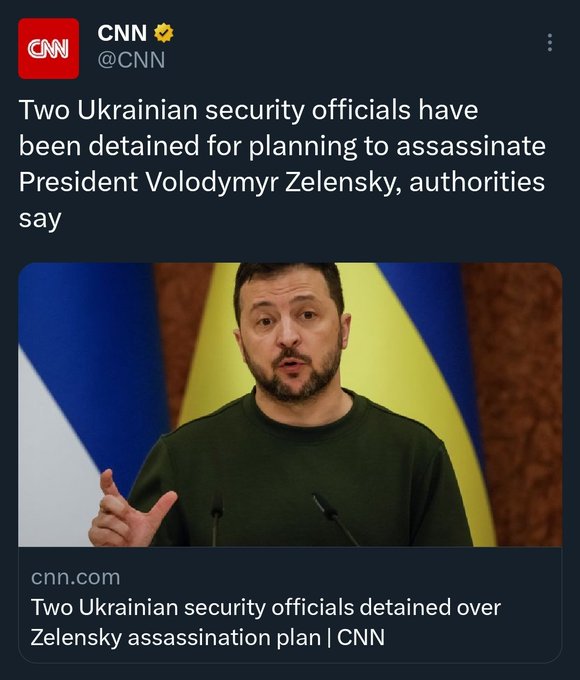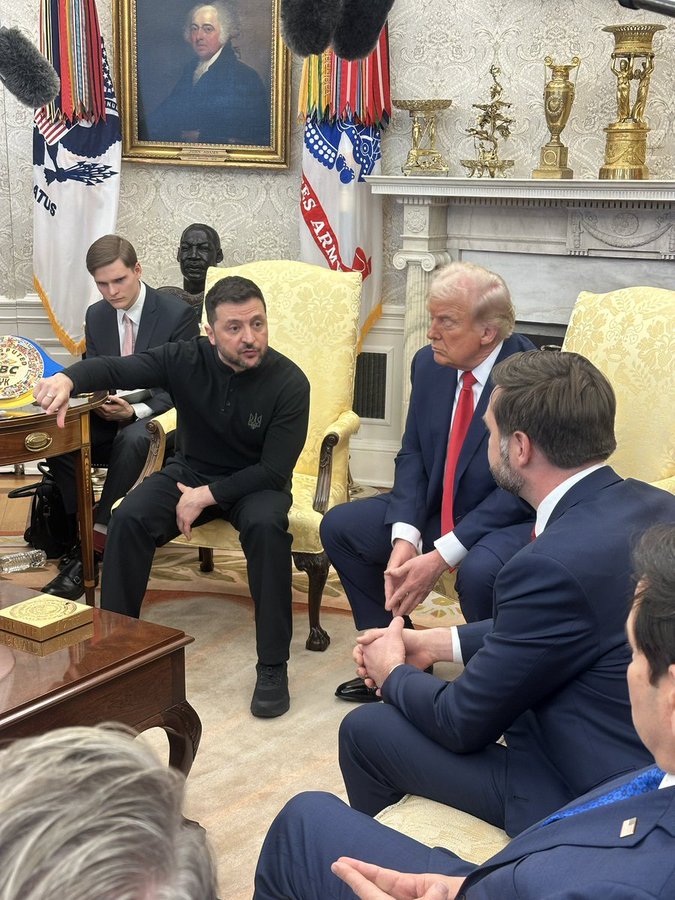Because he looked good in heels ?
No.
Ukraine’s political history is a complex tapestry of foreign domination, struggles for independence, and modern nation-building, shaped by its strategic position between Europe and Russia. Below is a concise overview, focusing on key periods and transitions up to early 2025.
Early History: Kyivan Rus’ to Cossack Era (9th–18th Century)
- Kyivan Rus’ (9th–13th Century): Ukraine’s political roots trace to Kyivan Rus’, a medieval federation centered in Kyiv, founded by Viking settlers and Slavic tribes. Under rulers like Volodymyr the Great (who adopted Christianity in 988) and Yaroslav the Wise, it became a cultural and political powerhouse. Its decline after Mongol invasions in the 1240s fragmented the region.
- Foreign Rule: By the 14th century, Lithuania and Poland dominated, uniting in 1569 under the Polish-Lithuanian Commonwealth. Western Ukraine (Galicia) fell under Polish influence, while the east leaned toward Russia.
- Cossack Uprising: The 17th century saw the rise of the Zaporozhian Cossacks, semi-autonomous warriors. In 1648, Bohdan Khmelnytsky led a revolt against Polish rule, establishing the Hetmanate. Seeking protection, he allied with Muscovy via the 1654 Treaty of Pereyaslav, inadvertently tying Ukraine to Russian influence.
Russian and Austro-Hungarian Domination (18th–19th Century)
- Russian Empire: By the late 18th century, after Catherine the Great abolished the Hetmanate (1764–1781) and partitioned Poland, most of Ukraine came under Russian control. Russification suppressed Ukrainian language and culture.
- Western Ukraine: Galicia and parts of the west fell to the Austro-Hungarian Empire after Poland’s partitions (1772–1795). Here, Ukrainian identity flourished more freely, fostering a nationalist awakening in the 19th century.
Independence Attempts and Soviet Era (1917–1991)
- Post-WWI Chaos: After the 1917 Russian Revolution, Ukraine briefly tasted independence. The Ukrainian People’s Republic (UNR) emerged in 1917, led by Mykhailo Hrushevsky, but faced Bolshevik, Polish, and White Russian forces. By 1921, the Soviet victory absorbed most of Ukraine into the Ukrainian SSR, though western regions went to Poland.
- Soviet Rule: The 1930s brought Stalin’s terror—most infamously the Holodomor (1932–1933), a man-made famine killing 3–5 million Ukrainians, cementing Soviet control. WWII saw Ukraine devastated, occupied by Nazis (1941–1944), then reclaimed by the USSR. Post-war, Stalin annexed western Ukraine, unifying it under Soviet rule.
- Late Soviet Period: Dissidence grew in the 1960s–1980s, with figures like Vyacheslav Chornovil pushing Ukrainian rights. The 1986 Chernobyl disaster, mishandled by Moscow, fueled resentment.
Independence and Post-Soviet Struggles (1991–2013)
- 1991 Independence: As the USSR crumbled, Ukraine declared independence on August 24, 1991, confirmed by a 92% referendum vote on December 1. Leonid Kravchuk became its first president. The 1996 Constitution established a semi-presidential system.
- Early Challenges: The 1990s were marked by economic collapse, corruption, and oligarchic power. Leonid Kuchma (1994–2005) stabilized the economy but leaned toward Russia, rigging the 2004 election for Viktor Yanukovych.
- Orange Revolution (2004): Widespread fraud sparked mass protests, forcing a rerun. Viktor Yushchenko, a pro-Western reformer, won, but his term (2005–2010) was plagued by infighting and economic woes, paving the way for Yanukovych’s comeback in 2010.
Euromaidan and Russian Conflict (2014–2022)
- Euromaidan (2013–2014): Yanukovych’s refusal to sign an EU Association Agreement in November 2013 triggered protests in Kyiv’s Maidan Nezalezhnosti. Brutal crackdowns escalated unrest into a revolution. In February 2014, he fled to Russia; parliament ousted him. Petro Poroshenko won the May 2014 election.
- Russia’s Response: Moscow annexed Crimea in March 2014 after a disputed referendum and backed separatists in Donbas, sparking a war that killed over 14,000 by 2022. Ukraine pivoted West, signing the EU deal and seeking NATO ties.
- Poroshenko Era (2014–2019): He pursued EU integration and rebuilt the military but faced corruption scandals and slow reforms, losing popularity.
Zelenskyy and Full-Scale War (2019–2025)
- Zelenskyy’s Rise (2019): Volodymyr Zelenskyy, a comedian with no political experience, won a landslide victory over Poroshenko in April 2019, promising peace and anti-corruption. His party, Servant of the People, secured a parliamentary majority in July 2019.
- Russia’s Invasion (2022): On February 24, 2022, Russia launched a full-scale invasion, aiming to topple Kyiv. Zelenskyy’s defiance—refusing to flee—rallied Ukraine and global support. By 2025, the war grinds on, with Ukraine holding most of its territory (minus Crimea and parts of Donbas) but facing economic ruin and heavy casualties.
- Political Shifts: Martial law since 2022 has delayed elections, centralizing power under Zelenskyy. His wartime leadership has solidified his grip, though critics note democratic backsliding (e.g., media consolidation, opposition curbs).
Themes and Trends
- Identity Struggle: Ukraine’s history oscillates between East and West, with Russia claiming historical ties and the EU offering a democratic model.
- Instability: Frequent upheavals—1917, 2004, 2014—reflect a volatile political culture, driven by corruption and external pressure.
- Resilience: Despite domination, Ukrainians repeatedly assert sovereignty, from Cossacks to Maidan.
As of February 28, 2025, Ukraine remains a wartime state, its political future tied to the conflict’s outcome and Zelenskyy’s ability to balance survival with democratic norms. Its history underscores a persistent quest for self-determination amid existential threats.
@Grok





